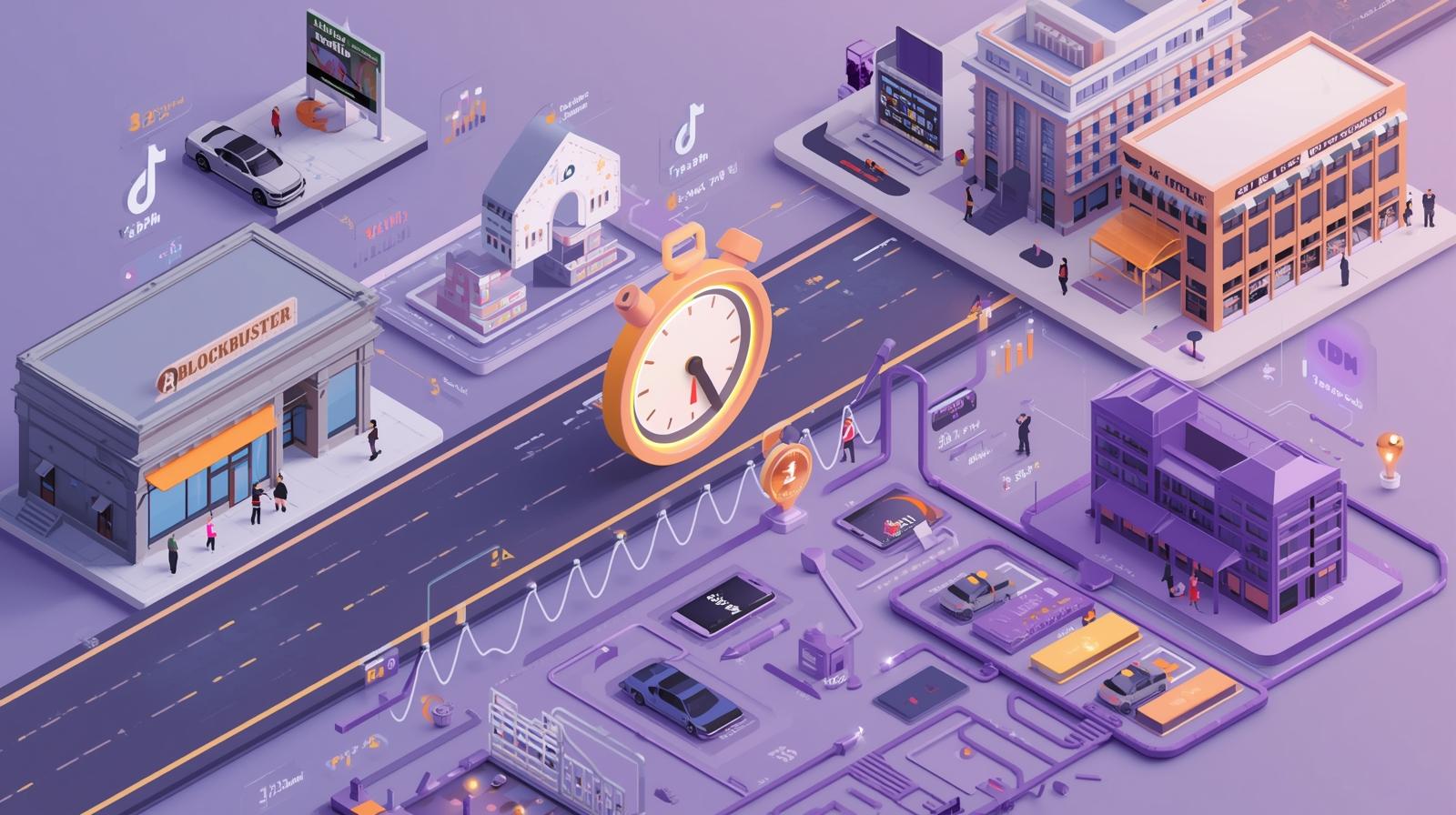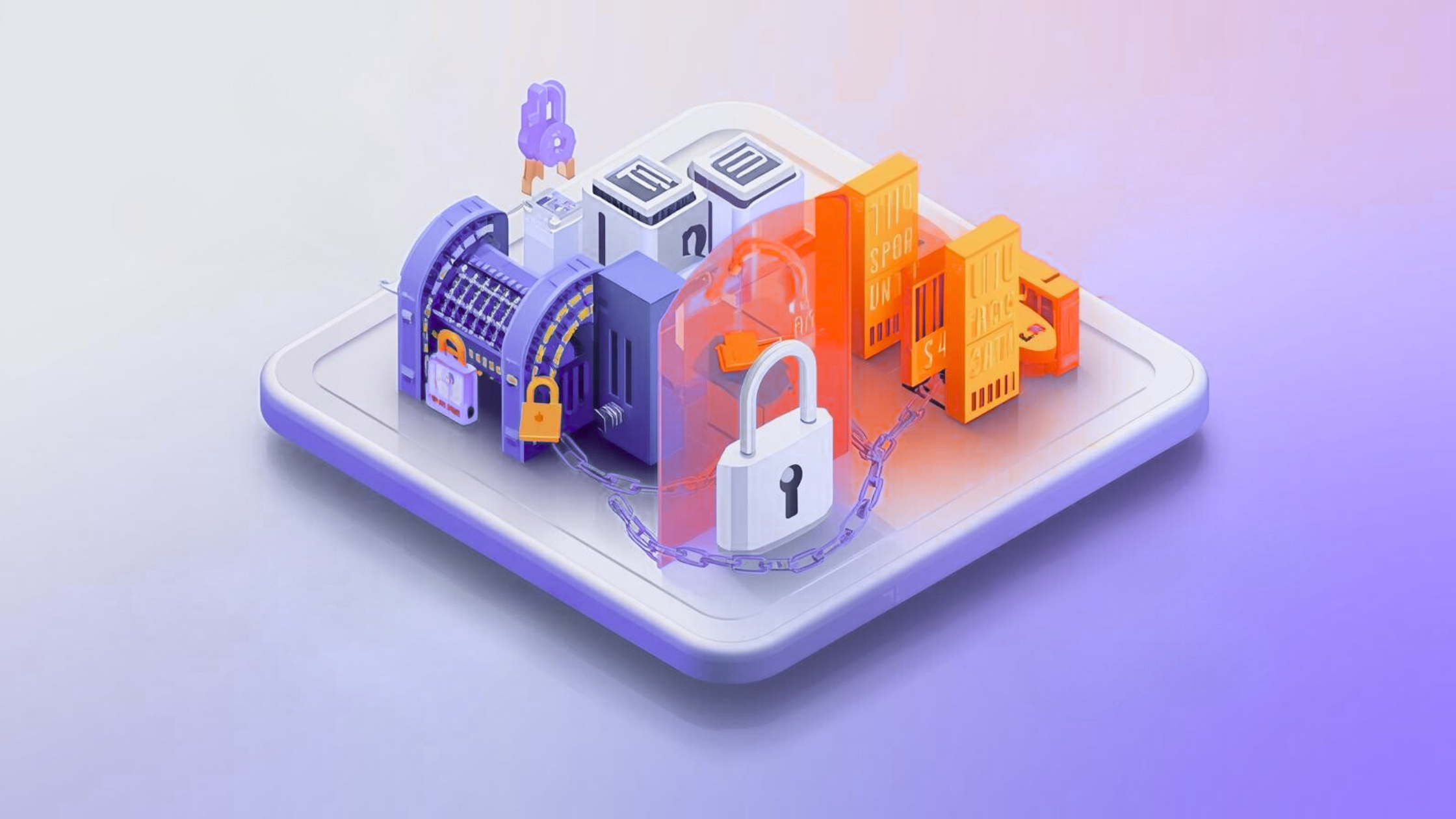Remember when everyone was hunting Pokémon in 2016? Or when 14 million Taylor Swift fans tried to buy tickets at the same time in 2022?
These pop culture moments didn’t just make headlines – they became perfect real-world lessons in DDoS attacks.
And while the “attackers” were enthusiastic fans, the result was identical: servers crashed, services stopped, and businesses lost millions.
Pokémon GO 2016 – When Success Becomes Your Biggest Enemy
After its July 2016 launch, Pokémon GO became a global sensation – and within hours, servers collapsed under the weight of its own success.
The numbers tell the story:
- 500 million downloads within months
- 7.5 million concurrent players at peak
- Two major outages lasting 4–5 hours
To make matters worse, the hacker group PoodleCorp launched a real DDoS attack just as the game expanded to 26 new countries.
Niantic CEO John Hanke later admitted: “We weren’t provisioned for what happened.”
A textbook example of a “success disaster” – when popularity outpaces preparation.
Taylor Swift 2022 – The Great Ticketmaster Meltdown
On November 15, 2022, Ticketmaster opened sales for Taylor Swift’s Eras Tour.
Within one hour, the system went down.
Instead of the expected 3.5 million fans, 14 million users and bots flooded the site, generating 3.5 billion system requests.
The outcome:
- Thousands of complaints in hours
- Millions in financial losses
- Severe reputational damage
Ticketmaster’s infrastructure lacked the elastic capacity and scalability to handle the surge – a modern version of digital “overcrowding.”
The Real Cost of a DDoS Attack
- $22,000 per minute in downtime losses
- $500,000 average total cost per attack
- $120,000 average recovery cost for SMBs
- $400 billion annually in total global enterprise losses
Beyond direct costs, brand trust and reputation often suffer irreparably.
Fans vs. Hackers – The Impact Is the Same
The Pokémon GO and Taylor Swift incidents prove one thing:
It doesn’t matter who causes the overload – the outcome is identical: server overload → service outage → lost revenue.
Cloudflare – DDoS Protection Built for “Fan Attacks”
Cloudflare DDoS Protection doesn’t discriminate between good or bad traffic. It keeps your infrastructure stable no matter what.
Key features:
- Adaptive DDoS Protection – detects and blocks suspicious traffic in real time
- Rate limiting – controls excessive requests per IP
- Global load balancing – distributes traffic across servers worldwide
Performance capacity:
- Over 320 Tbps of mitigation capacity
- 310+ cities, 120+ countries coverage
- Millisecond response time
If Pokémon GO had used Cloudflare, downtime could have dropped from hours to mere minutes.
Ticketmaster could have handled 47 million HTTP requests per second with no interruption.
Proactive Defense = Business Resilience
Most companies react after the attack. Cloudflare’s model keeps protection always on — filtering malicious traffic before it hits.
The result? Real users stay connected, business continues, and reputation remains intact.
Prevention always costs less than recovery.
Just one avoided attack can pay for years of Cloudflare service.
Lesson Learned: Prepare for Success, Protect from Attacks
The Pokémon GO and Taylor Swift cases highlight a crucial truth:
In today’s digital world, the difference between “viral success” and a DDoS disaster is intent – not impact.
In 2025, there will be three types of companies:
- Those who are prepared
- Those learning from others’ mistakes
- And those who become the next Ticketmaster
The choice is yours: be ready for success – or fall victim to it.
Ready to build DDoS protection that can withstand Pokémon GO-level popularity or Taylor Swift-scale fan traffic? Contact our experts at Gloster Cloud and learn how to create a Cloudflare-powered, DDoS-proof infrastructure.




